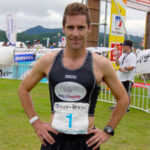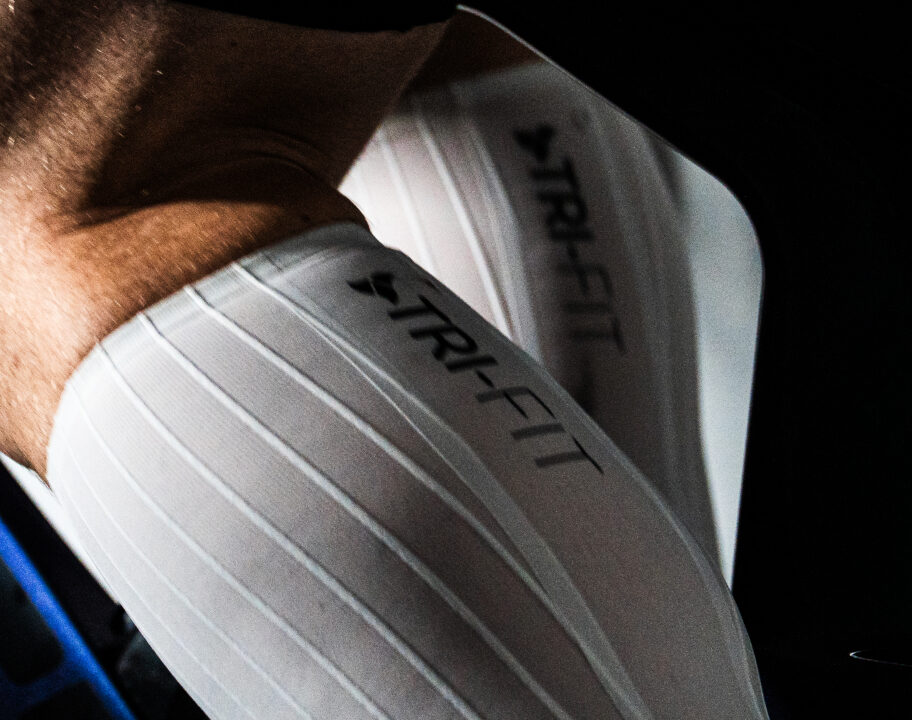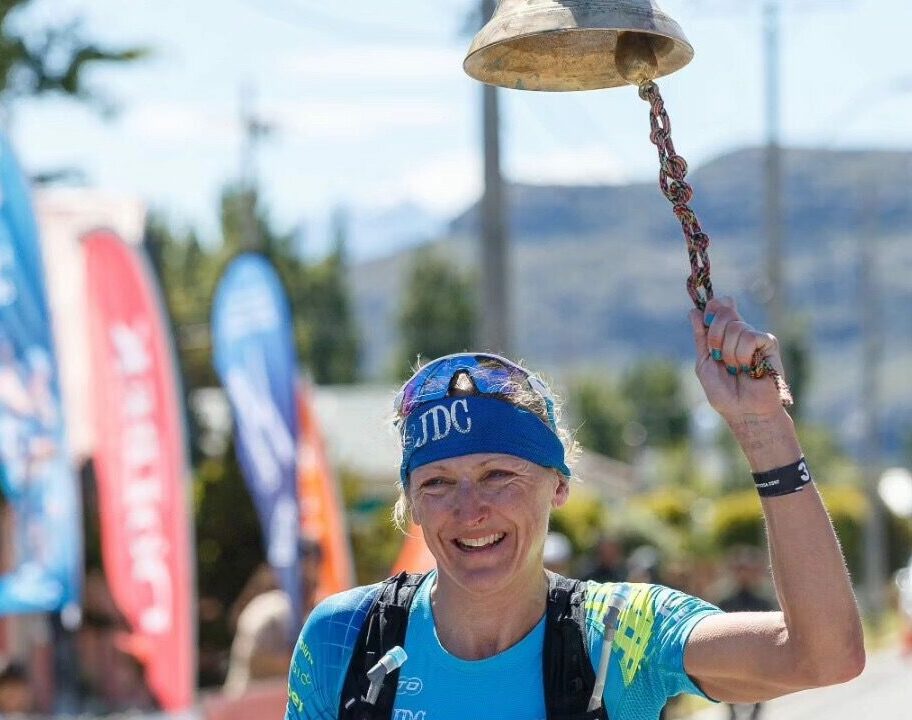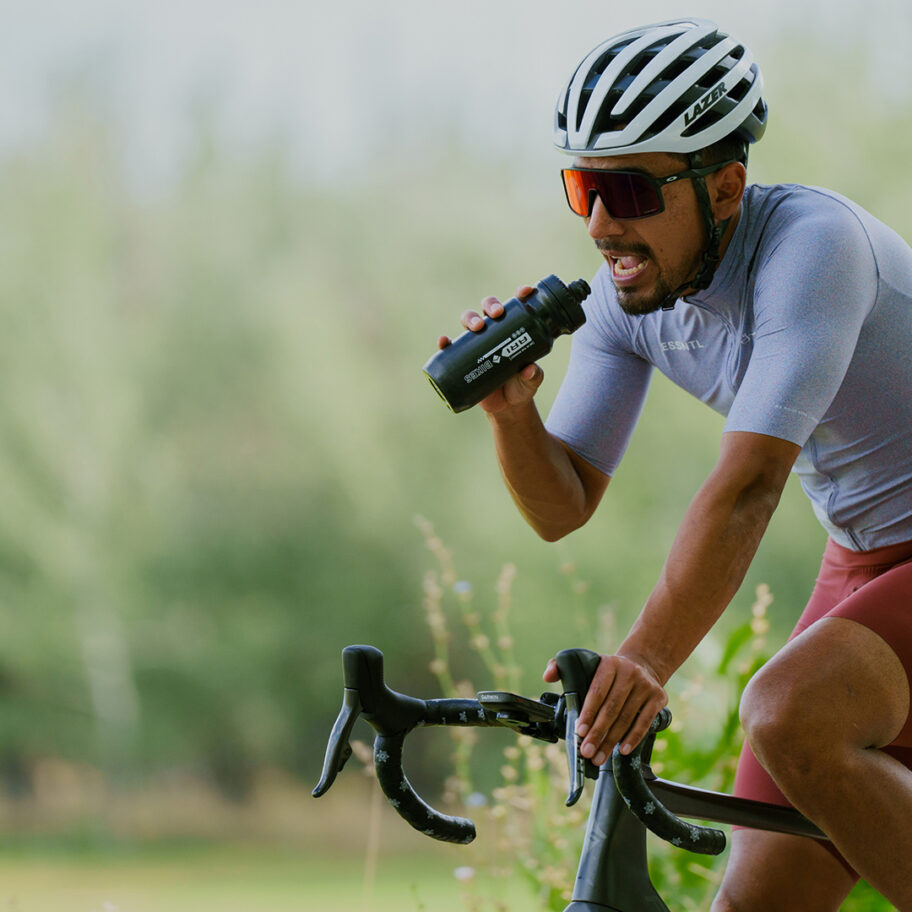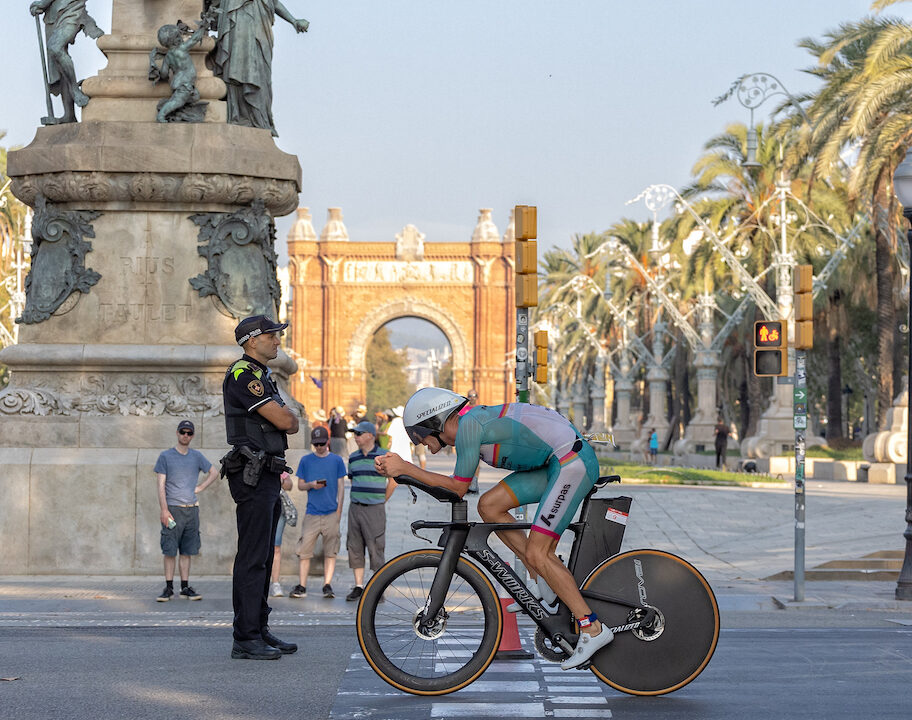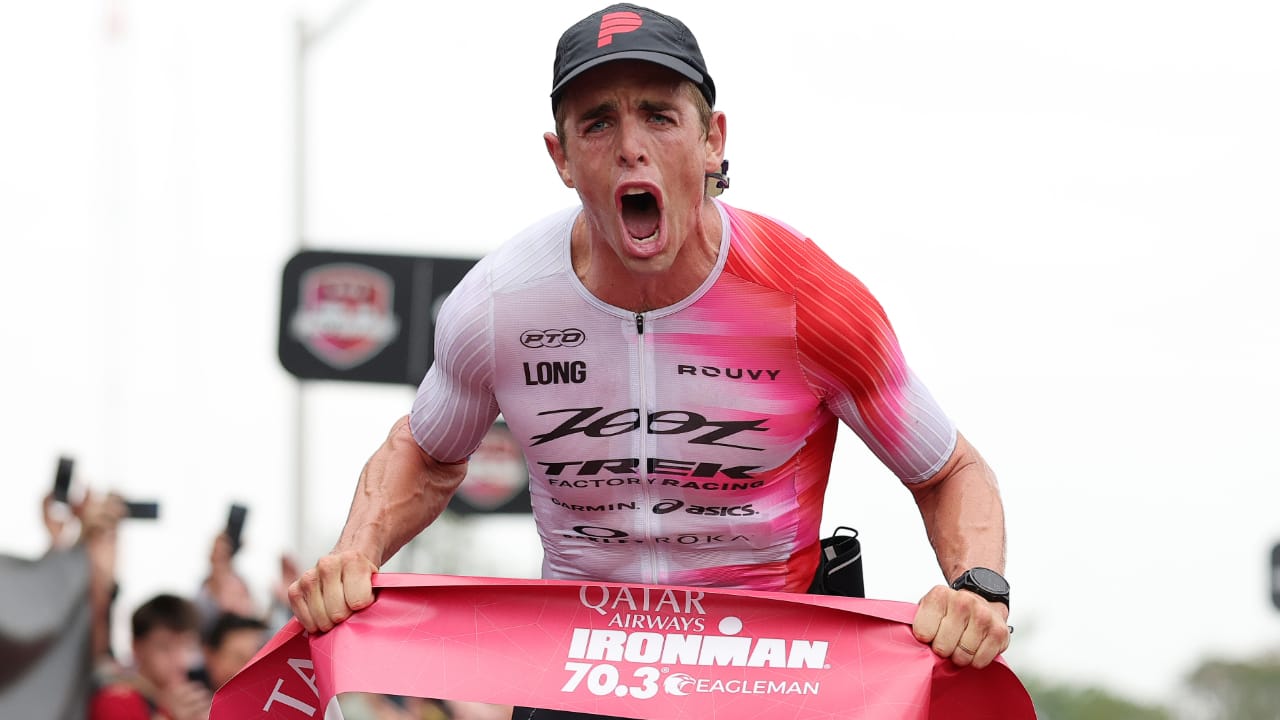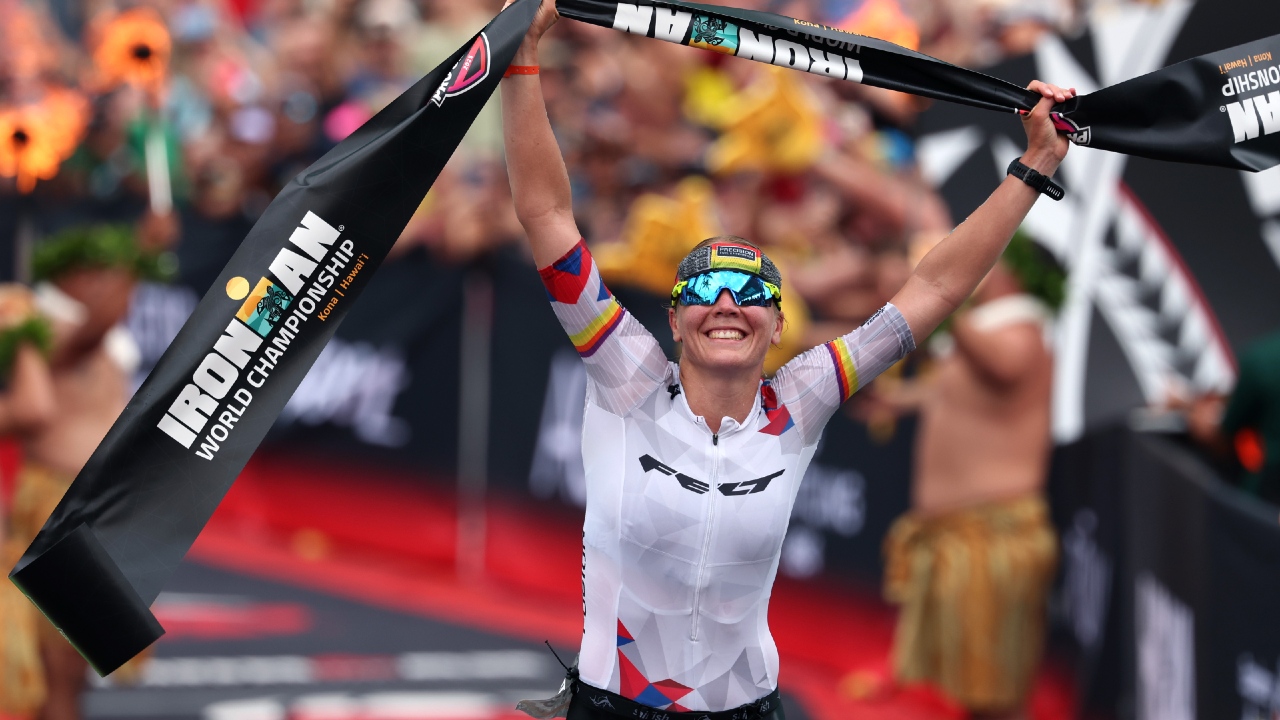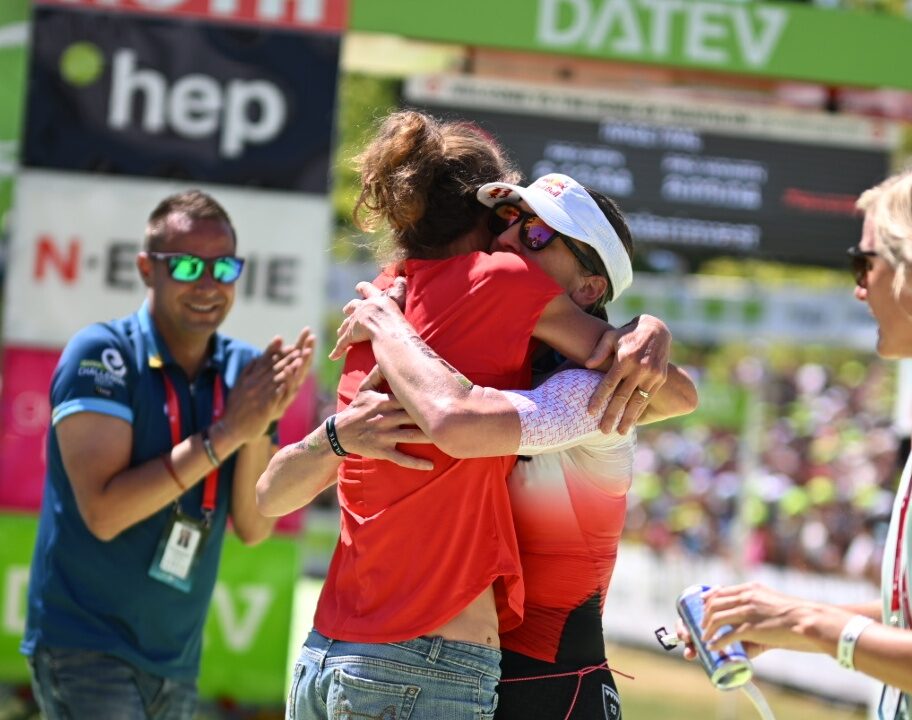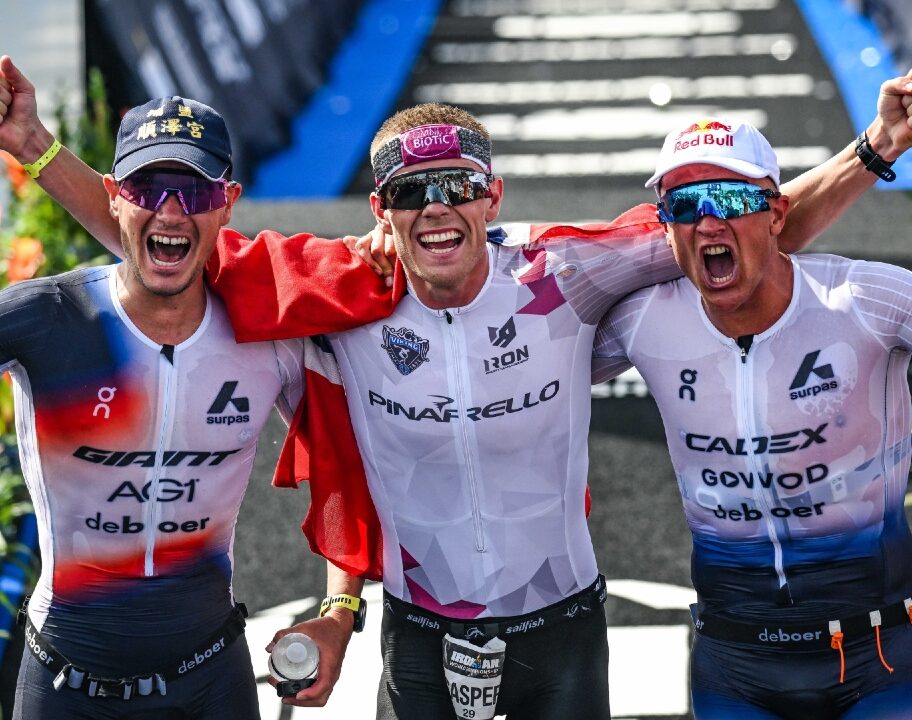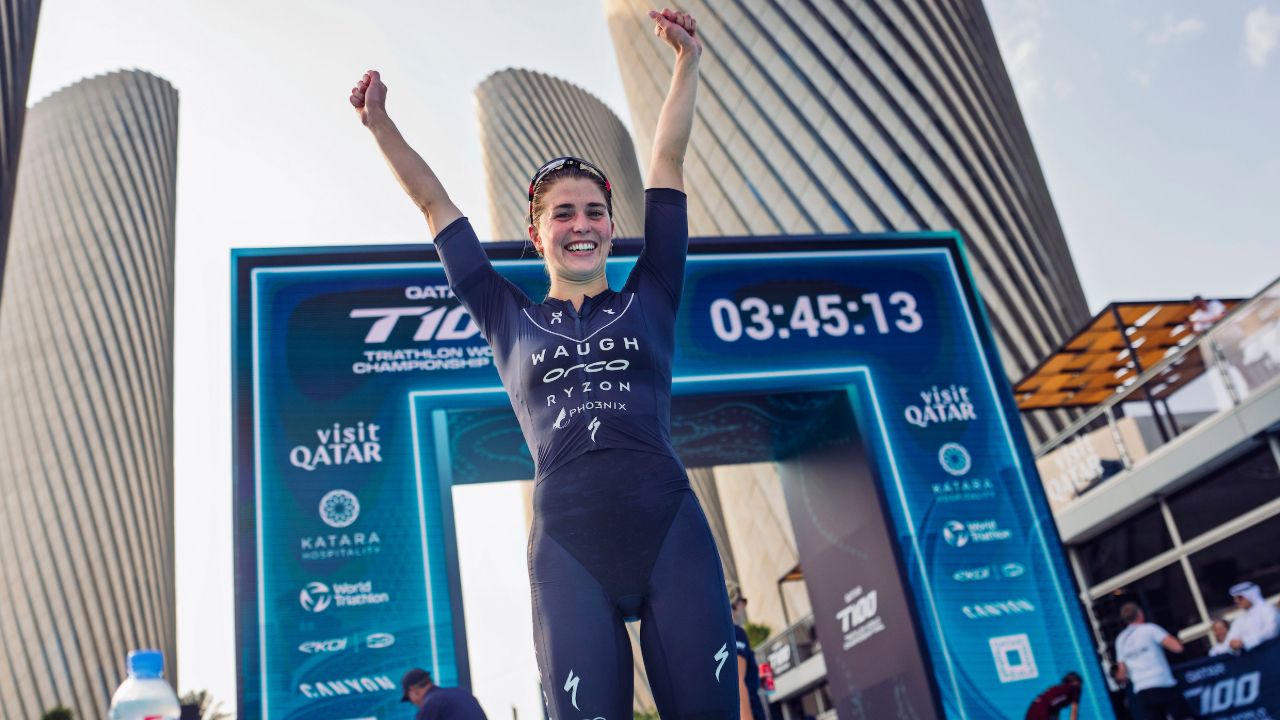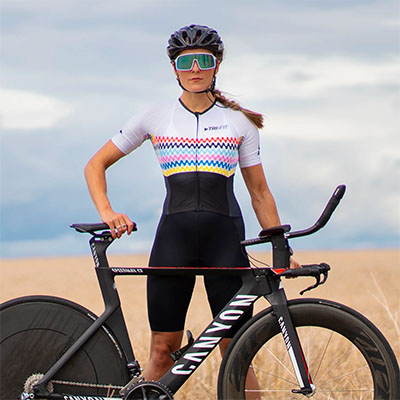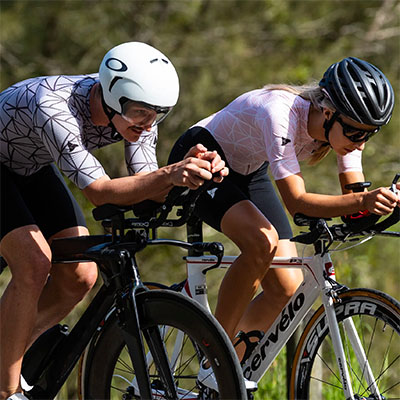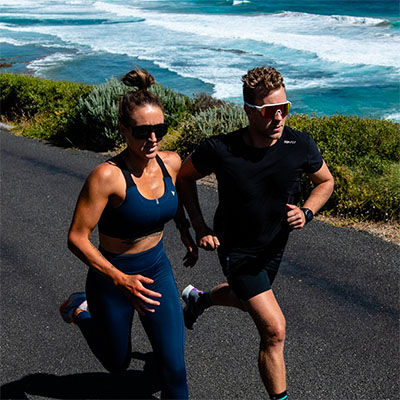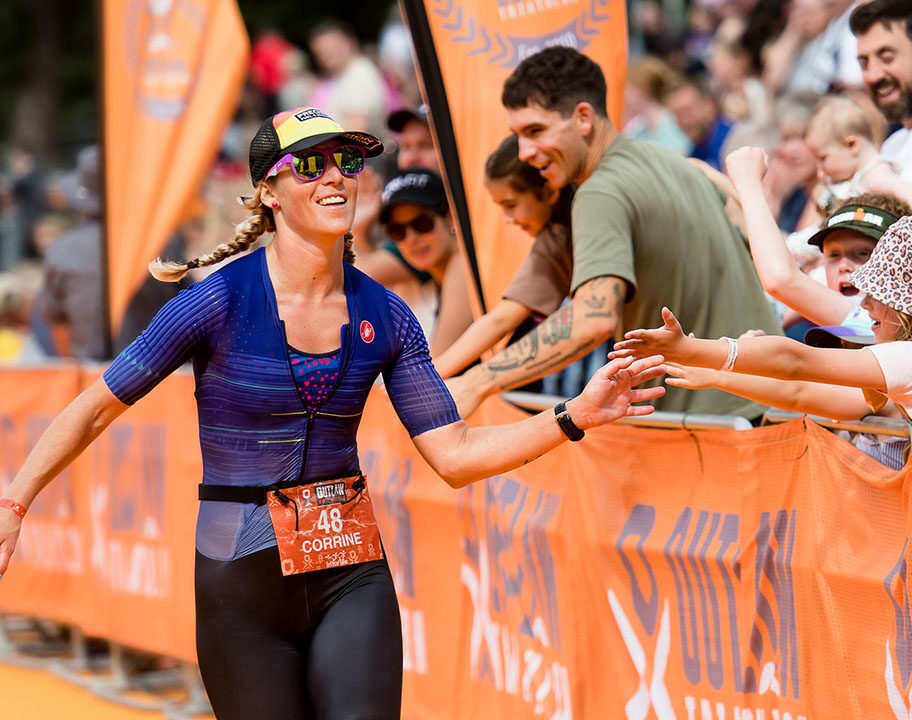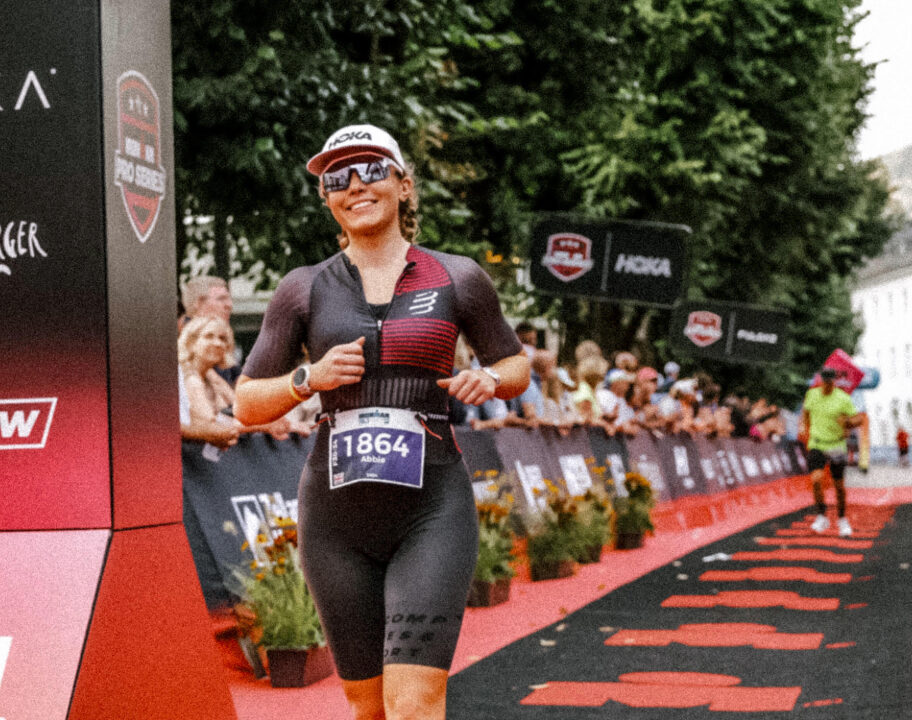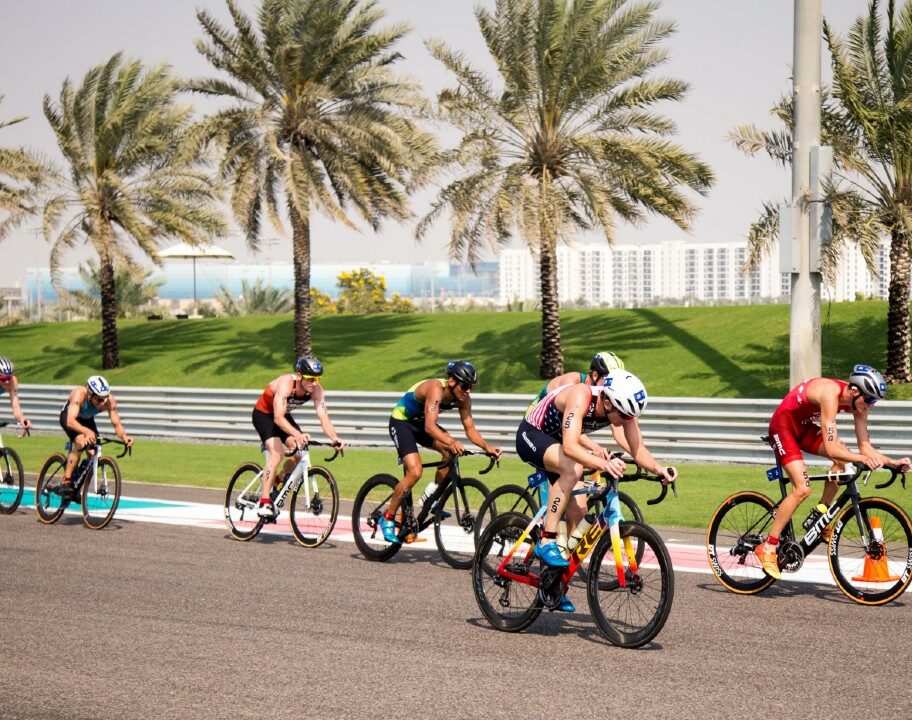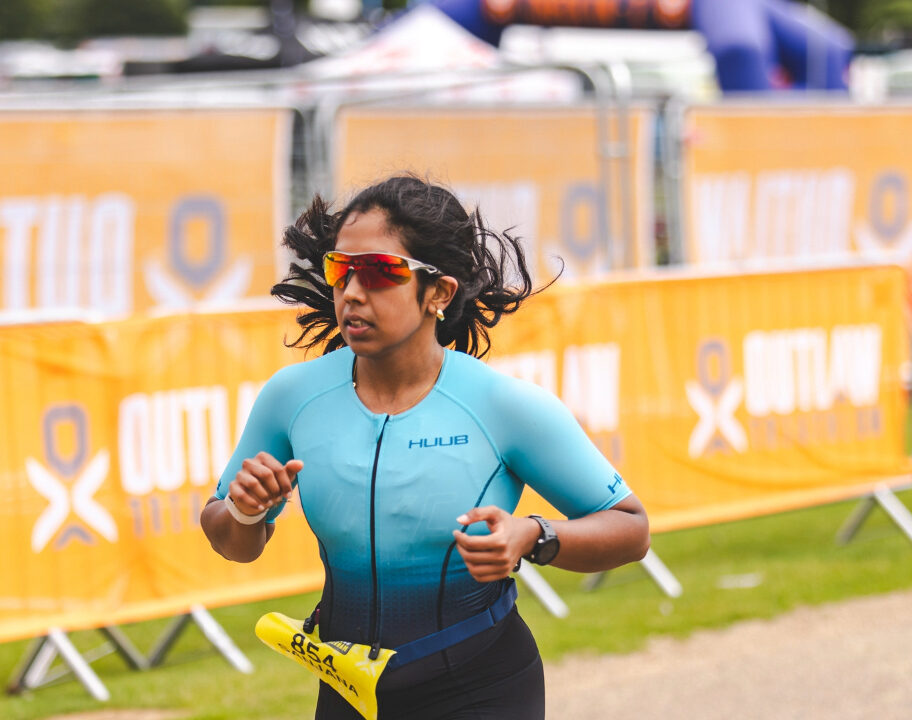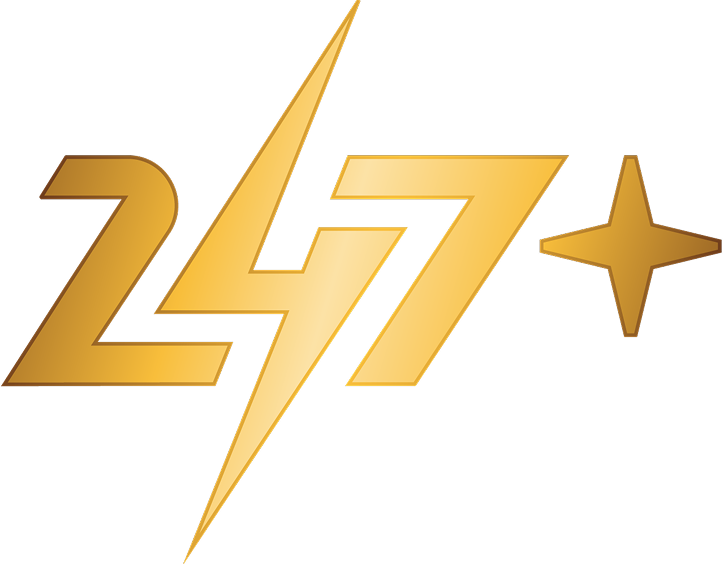Mike Trees, Tri247’s running guru, really isn’t suggesting that you all strip off and run around in your birthday suits! It’s more about stripping things back to their essentials – and that means ditching the technology and understanding how your body should feel.
Before I begin, I should define my terms. By ‘run naked’ I don’t actually mean running with no clothes. However, I am sure if that is what you are interested in there are plenty of websites to look at on the subject. By naked running I mean putting that heart rate monitor to one side and listening to your own body for a change. Heart rate monitors were invented as a tool to help training but, as I have realised, all too often they take over. I often feel that it becomes a case of the tail wagging the dog. Always remember who the boss is.
A good run ruined…
My inspiration for this article came after my evening run with a friend of mine. We were running along putting the world to rights and enjoying an easy recovery run. I asked Lander how long we had been running and he looked at his monitor. Unfortunately when he saw his heart rate he forgot my question. “Oh no,” came the reply, “I am running too fast. My heart rate is 147, and this is supposed to be an easy run”.
Just seconds earlier Lander and I had been chatting quite happily, which suggests that we were running well within our aerobic zones. Before the invention of heart rate monitors our coaches would say that if we could not talk comfortably then the pace was too fast for an easy run, and although not rocket science, it helped me to listen to my body as I trained. If Lander had been running too fast, his breathing would have been stronger and he would have struggled to talk. So in this case I was sure that we were running at the correct pace. My advice to him was to forget the HRM.
For some reason Lander’s heart rate was higher than expected. There are many possible causes for this; jogging up hill, being slightly dehydrated, eating just before running, being unfit, running in hot weather, a faulty heart rate monitor, running near electricity pylons… The monitor can not allow for these factors!
Unfortunately the psychological damage was done. Our easy, stress release run had now become the cause of his biggest stress that day; trying to understand why he had an elevated HR. The more he stressed the more his HR and blood pressure remained high!
The heart is simply a mechanical pump, which delivers oxygen and fuel to the muscles. The harder you train the more oxygen is needed and the faster the heart needs to beat. To achieve the desired training effect heart rate monitors have been used and training has been placed into different zones based on heart rates. Although a very valuable training tool, I sometimes think that many athletes place too much emphasis on heart rates and not enough on their perceived work rate.
Sometimes it is important to go out and run naked (without the HRM). That way you learn to listen to your body, which will soon tell you to slow down when you are going too fast. Just as you know through the intensity of feeling if you are running too fast.
Sometimes you may be tired and your HR just will not rise. In this case your monitor will show a low heart rate and you may mistakenly think you are running too slow, just because your HR is low. This does not always mean you are not trying. It may be dangerous to push harder just because the monitor is showing a low heart rate. Your body’s defenses may be trying to stop you from over training!
How many of you reading this article have been tested for blood lactate samples to try and ascertain your anaerobic threshold? How many have just bought a monitor and looked up your training zones in a book or on the internet? If you have not had your zones scientifically worked out, you are guessing. The more you use a monitor the better you will get at guessing. This article is not designed to scaremonger, but merely to get you to ask more questions and to think more about what your are doing.
I will give you another example to show why the guideline figures really are just that, and can be meaningless in many cases. I will use myself as an example, and calculate some training zones. The section at the end of this article shows typical training zones that many of you will be familiar with.
Calculating your training zones
Maximum heart rate – Unless advised otherwise by a physician, you may want to run to exhaustion to find out your maximum heart rate. Warm up and then run up a hill for about five minutes as hard as you can. After five minutes of maximum effort you heart rate will max out. However, a much easier, but also (much) less accurate, method is to subtract your age from 220. Thus at 45 I will have a theoretical maximum heart rate (MHR) of 175.
Resting heart rate – To determine your resting heart rate (RHR) is very easy. Just count your pulse for one minute in the morning before getting out of bed. As you get fitter your heart becomes more efficient at pumping blood around the body. As a result you will find your resting heart rate gets lower so you will need to check your RHR on a regular basis (eg monthly).
Calculation of a zone value
The calculation of a zone value, X%, is performed in the following way:
Subtract your RHR from your MHR giving the working heart rate (WHR)
Calculate the required X% on the WHR giving a value “Z”
Add “Z” and your RHR together to give you the final value
Example: Mike Trees; MHR is 177 and RHR is 27 – determine the 70% value
MHR-RHR = 177-27 = 150
70% of 150 = 105
105+RHR = 105+27 = 132 bpm
I have used myself to show how we are all different and do not simply fit into the guidelines. At 45 my suggested max HR is (220-age) 175 so I’m not too far out there, but as my resting heart rate is very low, it throws all the models out.
If you do want to use a monitor remember who is the boss and make sure you understand the variables. According to the tables an easy run for me should be at 60-70% so my minimum should be 117 and max about 132. However, my recovery run will nearly always be run at about 95-110, which is theoretically too slow. My race pace should be about 80% which would be 147, however I am able to hold around 170 at 10km race pace.
Through years of interval training and teaching my body to become efficient I have achieved these figures. It is only after I am comfortable at a certain training pace that I will use a HRM to see what the HR is for any perceived effort. For me the perceived effort is always a more valuable tool than the HRM.
Rest up your HRM from time to time and listen to your body
A tale of two hearts
I will give another example of how complex hearts rates are: Remember that I said my resting heart rate is 27. If I double it, it is 54. If I double it again it is 108. Amazingly this is about the maximum pace that I run my easy runs at. (Although the books say I should run faster.) Let me take my wife Rieko, as an example. Her resting HR is around 50. If we double it, it is 100, double it again that is 200, this is her maximum heart rate. At 27 beats, per minute, my body is able to pump enough blood around itself for me to function adequately at rest, while Rieko needs 50 beats. But for my easy run I must raise my resting heart rate four times my resting pulse, while Rieko must only raise her resting heart race two and half times.
I hope I am starting to show that all our heart rates and bodies are different, and listening to our own body is much more effective than blindly following what the monitor says we should do. Although HRMs may have some good points, they are, just a tool that would be better understood by using them less frequently, and by listening to our bodies more often.
Training zones
Training zones are based on a percentage of your maximum heart rate. Within each training zone subtle physiological effects take place to enhance your fitness.
The recovery zone (60% to 70%)
Training within this zone develops basic endurance and aerobic capacity. All easy recovery training should be completed at a maximum of 70%. Another advantage to training in this zone is that while you are happily fat burning you may lose weight and you will be allowing your muscles to re-energise with glycogen, which has been expended during those faster paced work-outs.
The aerobic zone (70% to 80%)
Training in this zone will develop your cardiovascular system. The body’s ability to transport oxygen to, and carbon dioxide away from, the working muscles can be developed and improved. As you become fitter and stronger from training in this zone it will be possible to some of your longer runs at up to 75%, so getting the benefits of some fat burning and improved aerobic capacity.
The anaerobic zone (80% to 90%)
Training in this zone will develop your Anaerobic Threshold. In this zone your individual anaerobic threshold is found. During this training glycogen is the main source of energy. This training will help you to race faster, as your body will develop an ability to use less oxygen, it will become more efficient. Training in this zone is ideal for races up to about two hours in length.
The red line zone (90% to 100%)
Training in this zone will only be possible for short periods of time. It effectively trains your ability to develop speed. Only the very fit can train in this zone, but it is vital for sprint finishes.
